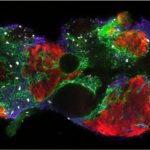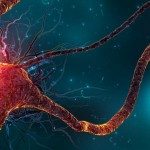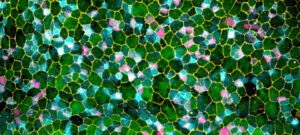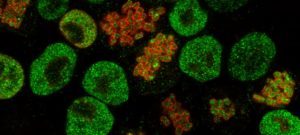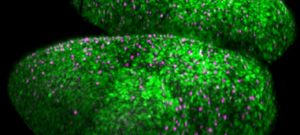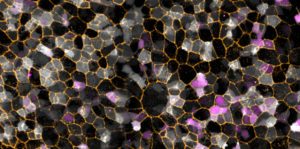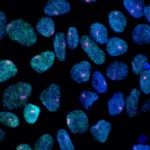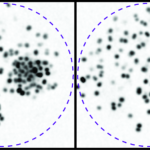The central nervous system of vertebrates is a complex assembly of neurons and glial cells, set-up in specific locations and numbers, and generated throughout life from progenitor cells in a process called neurogenesis. We aim to gain insight into the mechanisms controlling neurogenesis, and in particular defining the neural progenitor (NP)/ neural stem cell (NSC) state in the vertebrate brain.
A precise control of NP maintenance and recruitment operates during development, but the maintenance of NSCs until adulthood is also crucial as adult neurogenesis can be involved in later adaptation, growth or repair events. We are using the model system zebrafish, with unprecedented advantages for manipulating gene function both during development and in adulthood, and where adult NSCs are abundant. We especially focus on Notch signaling, which controls the maintenance of NP pools in the embryo but that we also recently identified as a major component of the homeostasis of adult NSC pools through its positive regulation of NSC quiescence. Overall, we are combining large scale profiling approaches, genetic invalidations, lineage tracing and live imaging in the embryo and adult to identify the cellular hierarchies and the Notch-interacting cascades that control NP/NSC « stemness », proliferation and recruitment.


